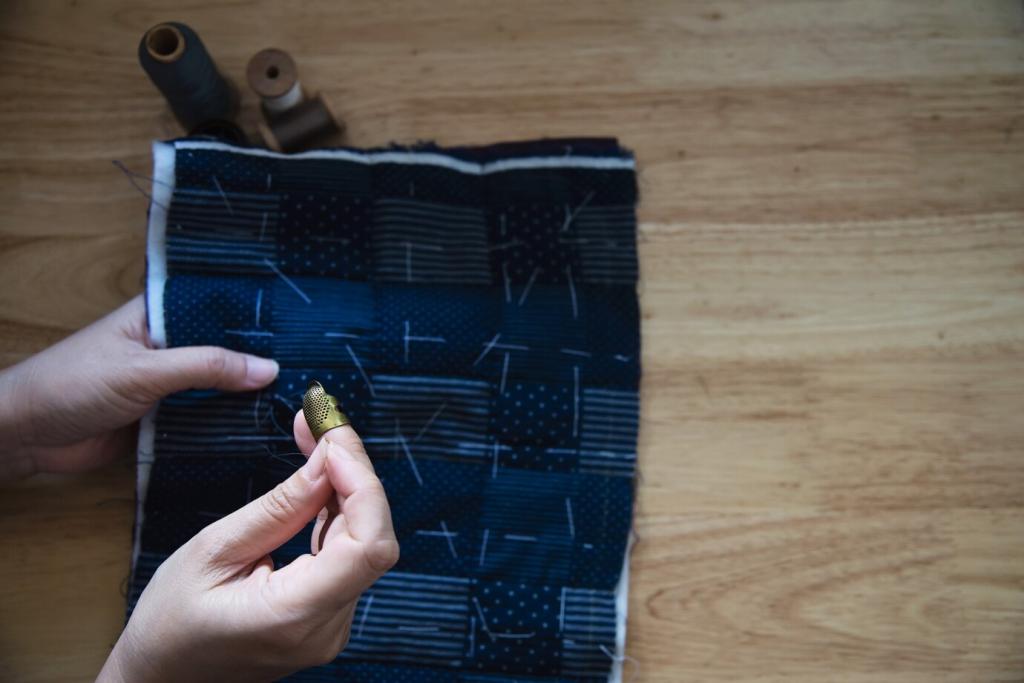Stain Strategy: Let the Label Lead
For polyester or elastane, the label often demands low heat. Pre-treat with a gentle surfactant, use lukewarm water only if allowed, and avoid hot drying, which can lock oils permanently into synthetic fibers.
Stain Strategy: Let the Label Lead
Blood, milk, and egg respond best to cold water unless the label forbids soaking. Enzyme detergents work well, but if the label warns delicate handling, dab rather than scrub to prevent fiber abrasion and fuzzing.
Stain Strategy: Let the Label Lead
If the label says wash separately or with like colors, heed it during stain treatment too. Loose dyes migrate under heat. Rinse gently, then launder on the recommended cycle to avoid setting a halo stain.
Stain Strategy: Let the Label Lead
Lorem ipsum dolor sit amet, consectetur adipiscing elit. Ut elit tellus, luctus nec ullamcorper mattis, pulvinar dapibus leo.





